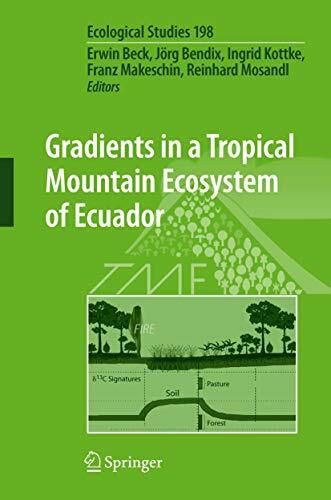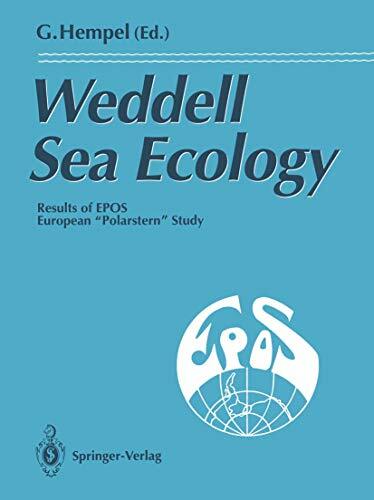
Spider Ecophysiology
inkl. MwSt. Versandinformationen
Lieferzeit 1-3 Werktage
Lieferzeit 1-3 Werktage
Kurzinformation
inkl. MwSt. Versandinformationen
Lieferzeit 1-3 Werktage
Lieferzeit 1-3 Werktage

Beschreibung
"Spider Ecophysiology" von Wolfgang Nentwig bietet eine umfassende Untersuchung der physiologischen Anpassungen und ökologischen Strategien von Spinnen. Das Buch beleuchtet, wie Spinnen ihre Körperfunktionen an unterschiedliche Umweltbedingungen anpassen, um zu überleben und erfolgreich zu jagen. Themen wie Thermoregulation, Wasserhaushalt, Atmung und Ernährung werden detailliert behandelt. Zudem wird die Bedeutung von Spinnen in verschiedenen Ökosystemen diskutiert, einschließlich ihrer Rolle als Prädatoren und ihrer Wechselwirkungen mit anderen Organismen. Durch die Kombination von physiologischen Aspekten mit ökologischen Perspektiven liefert das Buch wertvolle Einblicke in das komplexe Leben dieser faszinierenden Arthropoden.
Produktdetails

So garantieren wir Dir zu jeder Zeit Premiumqualität.
Über den Autor

- Gebunden
- 526 Seiten
- Erschienen 2008
- Springer

- paperback
- 224 Seiten
- Erschienen 1991
- Springer

- Gebunden
- 452 Seiten
- Erschienen 2013
- Springer

- Gebunden
- 192 Seiten
- Erschienen 2010
- Haupt

- Kartoniert
- 149 Seiten
- Erschienen 2017
- Natur und Tier

- Gebunden
- 355 Seiten
- Erschienen 2018
- Schweizerbart'sche, E.

- paperback
- 30 Seiten
- Erschienen 2022
- Austin Macauley





































